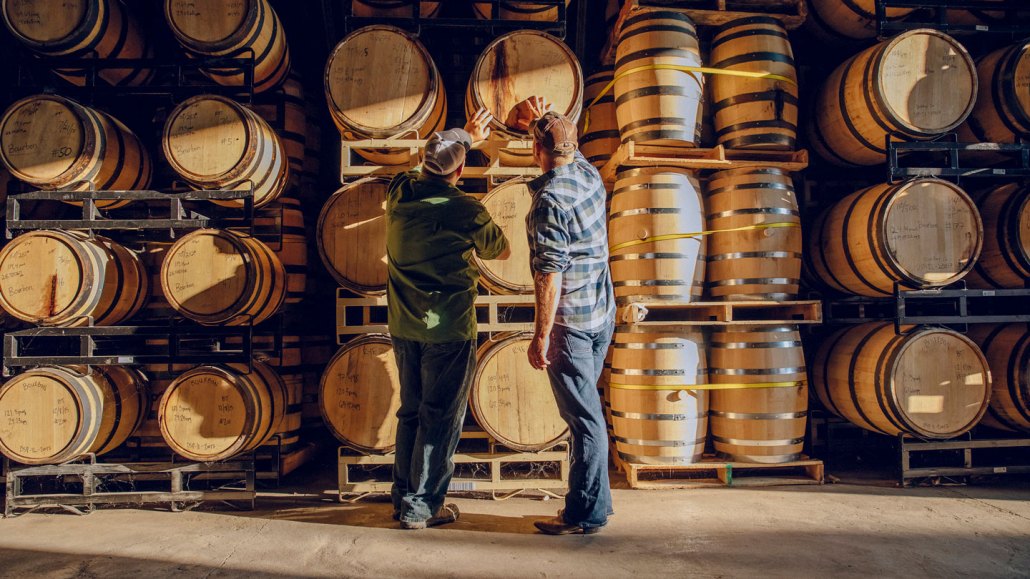Mixing gold ions into whiskey can reveal its flavor
The finding could offer master blenders a cheap, quick test for checking spirit quality

Whiskey distillers could use gold ions to determine whether a cask is ready to be bottled or blended.
John Fedele/Tetra Images/Getty






